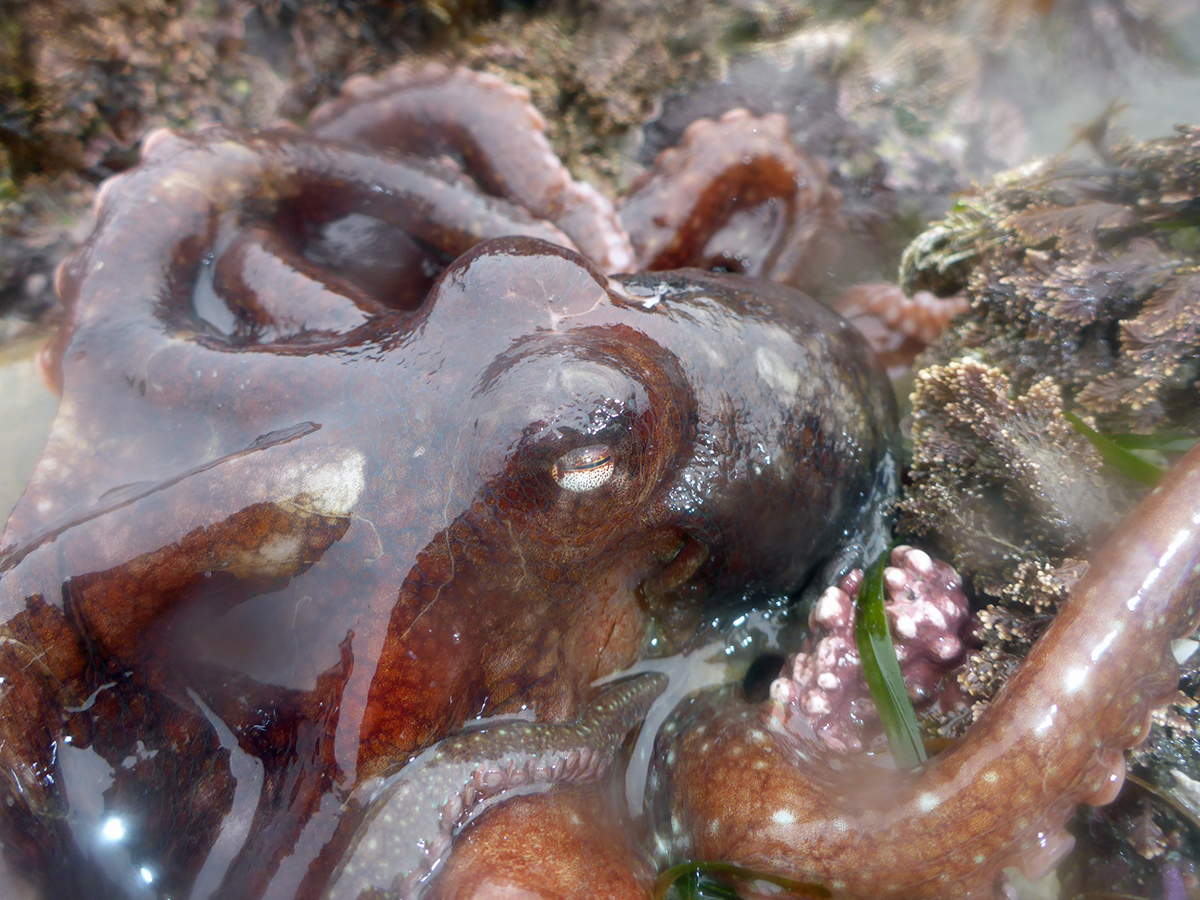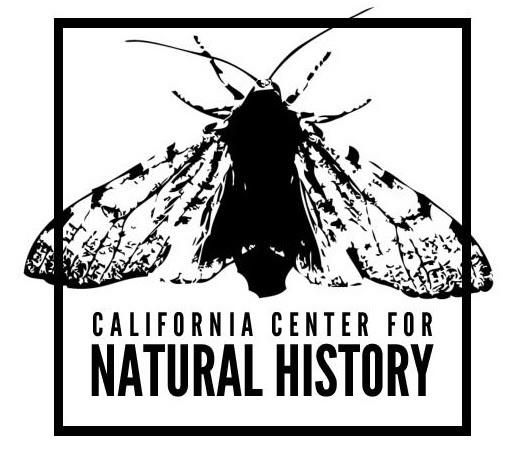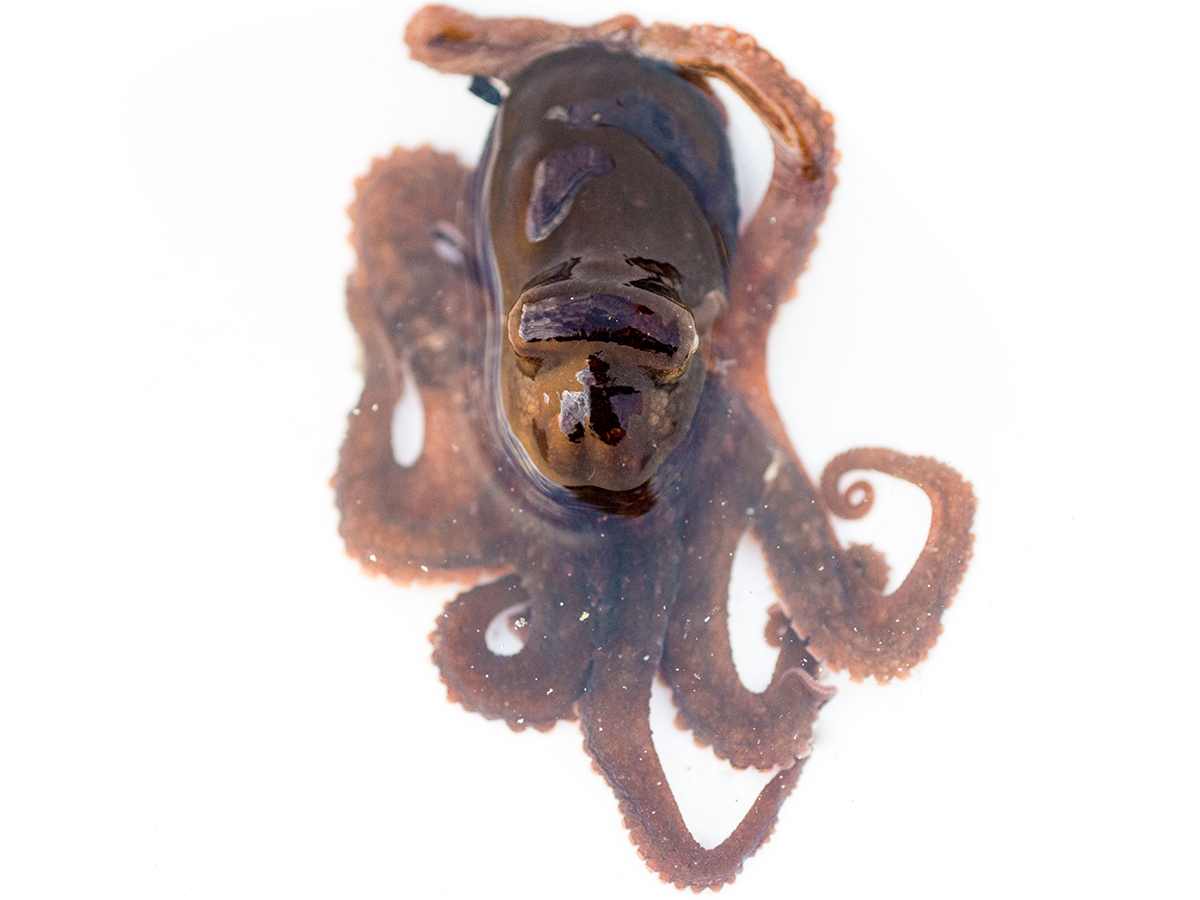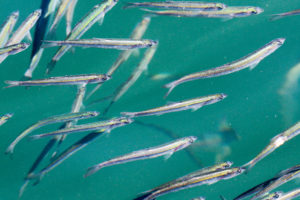Do octopus spawn in the South Bay? -Daniel Lucero, Campbell
In the summer of 1955 a giant octopus climbed out of the Bay, terrorized the San Francisco shoreline, and rudely dismantled a section of the Golden Gate Bridge. This occurred on the big screen in It Came From Beneath the Sea. Only a lucky few, however, have actually seen an octopus in San Francisco Bay.
It was easier 150 years ago. William Gabb, a geologist whose name graces the state’s 11th highest peak, was also an expert on cephalopods; in 1862 he reported that octopuses were “common in the neighborhood of San Francisco.” Naturalist W.N. Lockington counted seven octopuses on a rocky beach south of Hunter’s Point one morning in 1878. One was impaled on a stick carried by “an old Frenchman” who said he was “taking it for a treat to his wife and family.” Lockington noted that Spaniards, Italians and Chinese also relished these “devil-fish,” which suggests that they were regularly collected from the Bay.
The next records are from the USS Albatross, a brigantine-rigged research vessel that conducted a biological survey of San Francisco Bay in 1912-13. Although octopus are not mentioned in the survey’s reports, two octopuses that the survey collected at Sausalito, one in shallow water and one on the beach, can be found pickled in alcohol in the basement of the California Academy of Sciences.
By querying colleagues, checking museum records, reviewing the scientific literature, and searching newspaper archives (with help from biologist Jim Carlton), I’ve assembled two dozen additional records from the mouth of the Bay down to Coyote Point and from Oakland and Richmond in the East Bay. Several from Hunter’s Point were octopuses collected on the intake screen of the PG&E Power Plant between 1947 and 1962. Until the plant shut down in 2006, biologists periodically made use of its cooling water intake as a gigantic pump/filter sampling device.
The largest verified octopus in the Bay was among the two or three that Randy Baxter saw between 1998 and 2003 while conducting trawls for the Department of Fish and Game. On one haul an octopus with an estimated 4-foot arm span climbed up out of the net and onto the shoulders of a crew member. Unable to remove tentacles as fast as the beast replaced them, they tore the crew member’s coat off and dangled it in the water until the octopus dropped free.
Environmental writer Harold Gilliam reported in a 1957 book that a yet larger octopus—seven-and-half feet from arm tip to arm tip—was found wrapped around a piling at the old Bethlehem Steel Plant near Oyster Point (where Genentech now stands). Gilliam also noted that octopuses were “not numerous” and mostly less than 2 feet in size in the Bay, but I’ve been unable to locate the source for these statements.
In an interview a decade ago, I contrasted the reported intertidal abundance of octopuses in the late 19th century with the fact that in 15 years of intertidal field work in the Bay I had never seen one. Afterward, angler Ralph Kanz wrote to say that he sometimes found octopuses, 6 to 12 inches long, in the stomachs of leopard sharks caught in deep water at Richardson Bay/Tiburon, and once in a shark in shallower water near Hunter’s Point. He later froze one for me.

Any octopus in the Bay with an arm span over 2-3 feet would be a Giant Pacific Octopus, Enteroctopus dofleini, the world’s largest species. It can attain (depending on which records you trust) a weight of at least 156 pounds with an arm span of 23 feet, or 600 pounds with an arm span around 30 feet. A Bay octopus with an arm span under 2-3 feet and weighing less than a pound would be either an East Pacific Red Octopus, Octopus rubescens (which wasn’t considered a separate species until 1953) or young E. dofleini. At least one East Pacific Red has been identified in the Bay, at Point Richmond.
These octopus species mate once before dying. The female lives long enough to lay thousands of eggs on the walls of her den, and then obsessively clean and care for them until hatchlings the size of rice grains emerge months later. These drift in the water for 1-3 months before settling to the bottom. With this long a planktonic period, hatchlings from dens outside of the Bay could be carried into and settle within the Bay. Thus, unless someone finds an egg-filled octopus den here, we may not be able to determine whether octopus spawn within the Bay.
Researchers are often surprised to learn that octopus were common in the Bay in the 1800s. We know nothing about what changed that, and little about their status today. Every observation helps. If you know of additional octopus records in the Bay, please let me know.

Ask the Naturalist is a reader-funded bimonthly column with the California Center for Natural History that answers your questions about the natural world of the San Francisco Bay Area. Have a question for the naturalist? Fill out our question form or email us at atn at baynature.org!





-300x221.jpg)